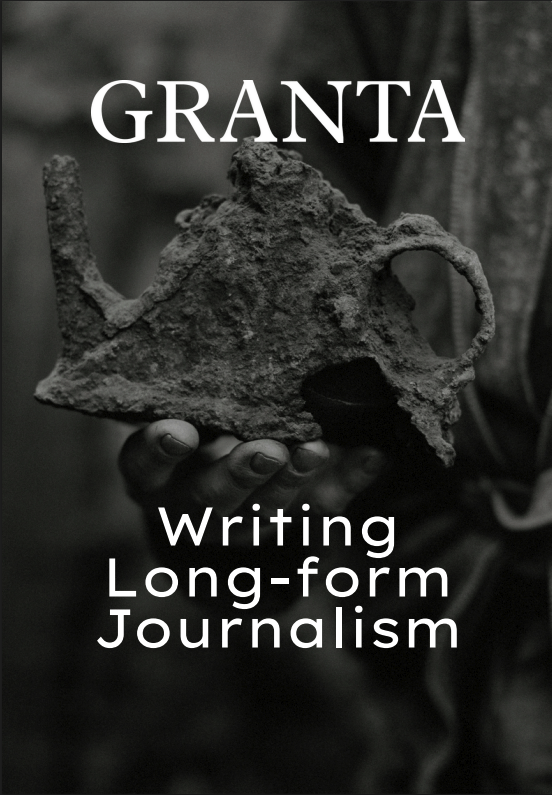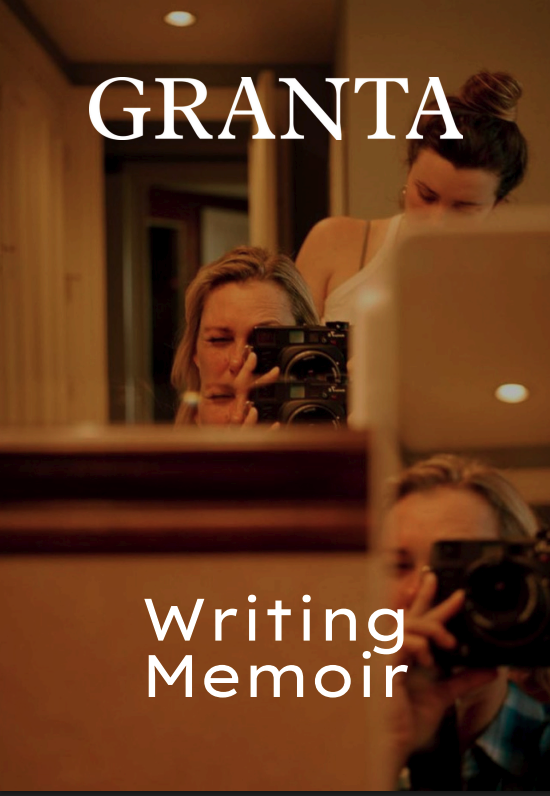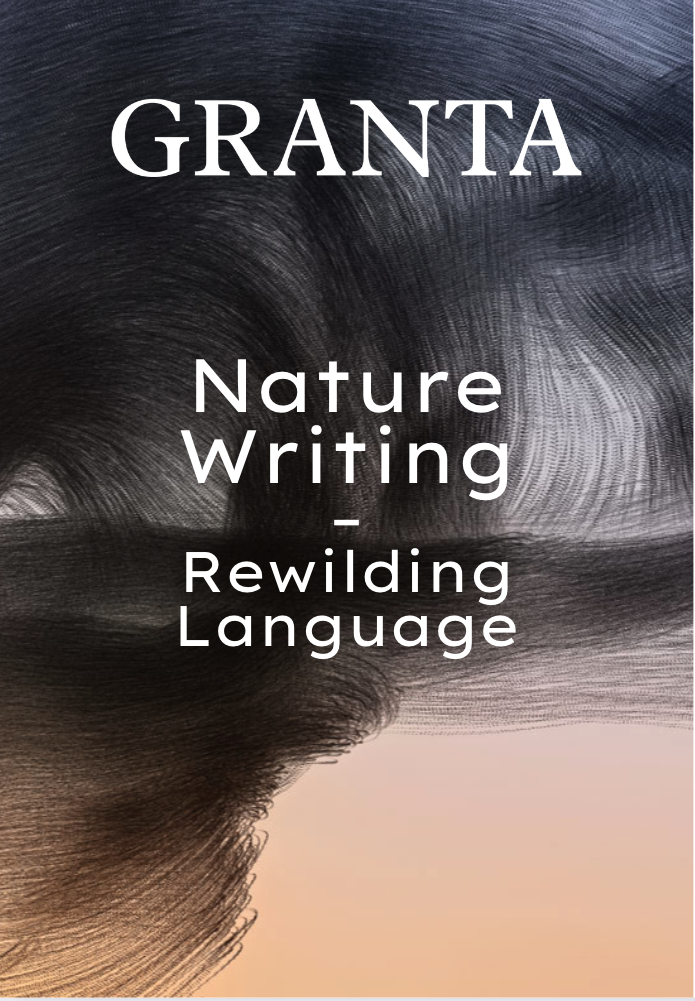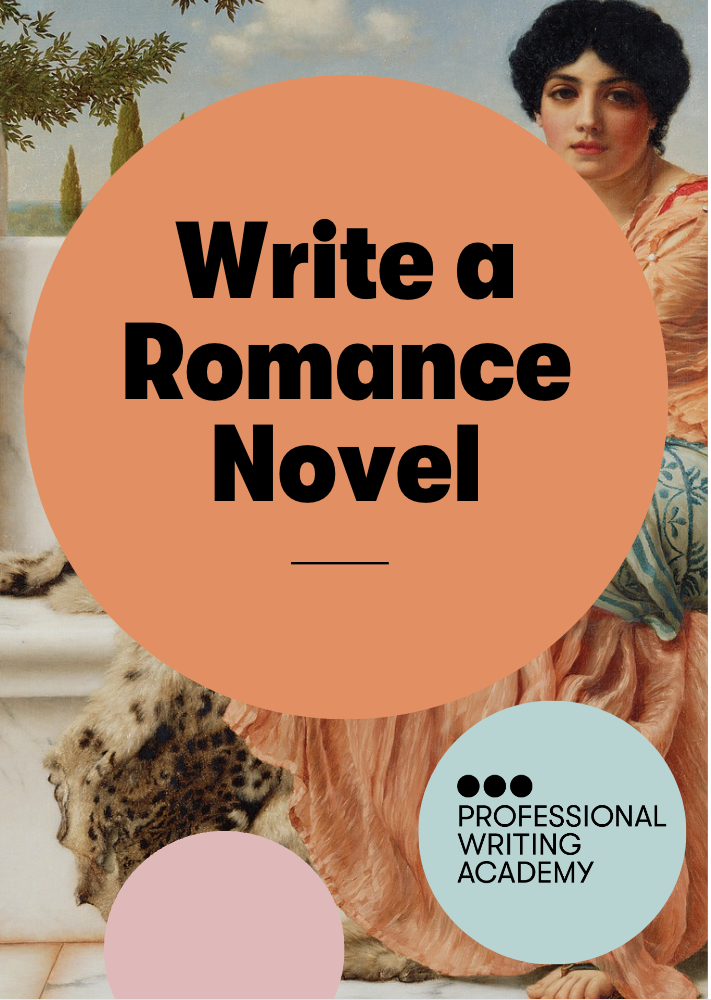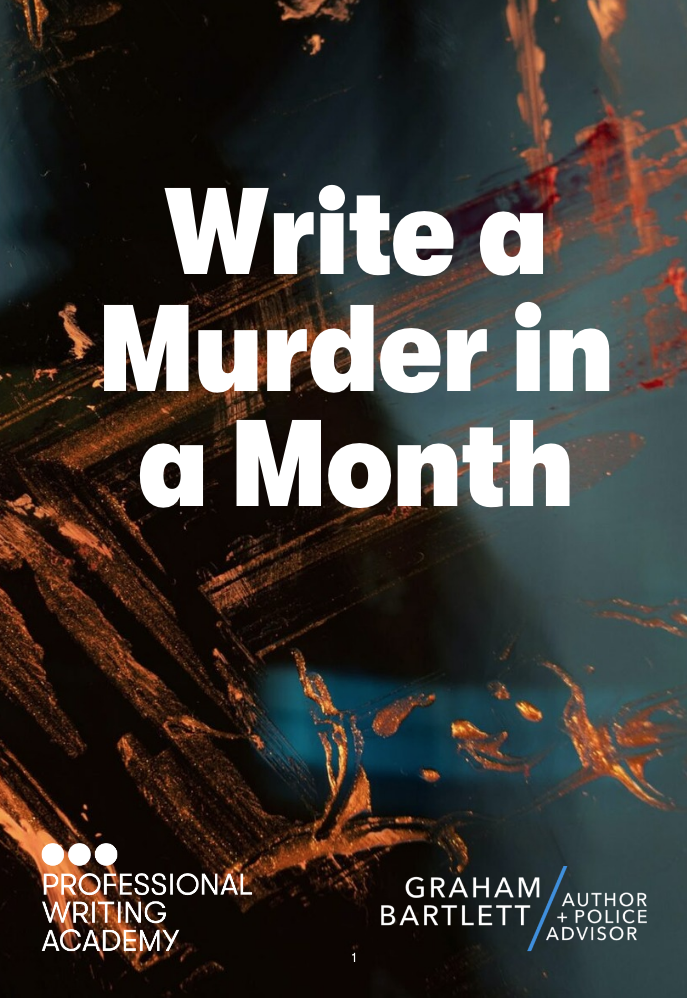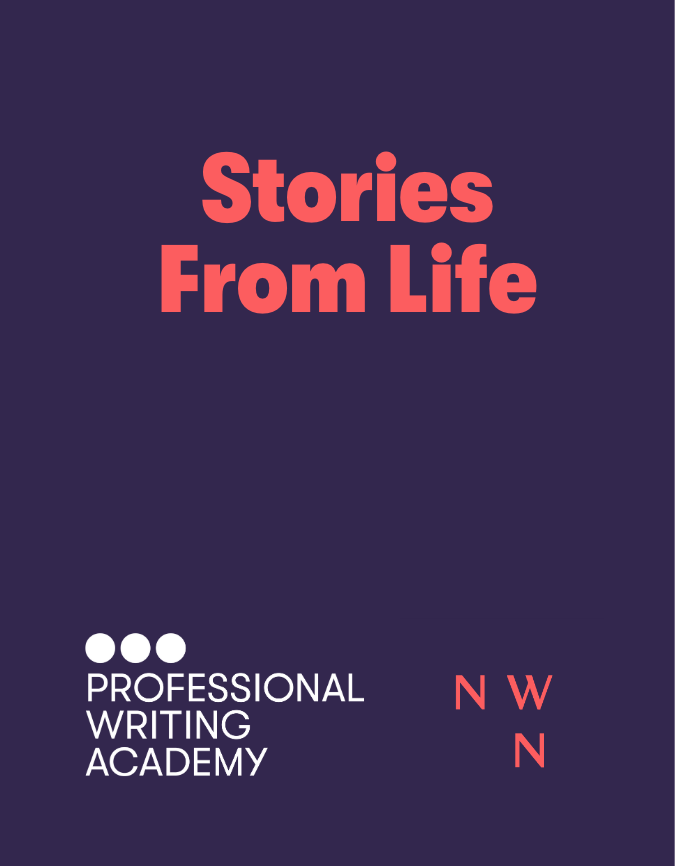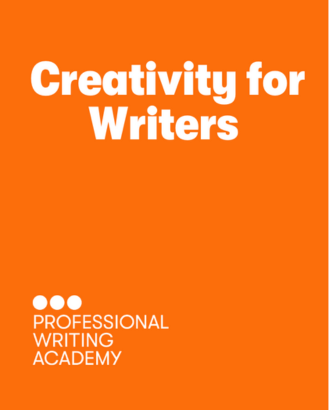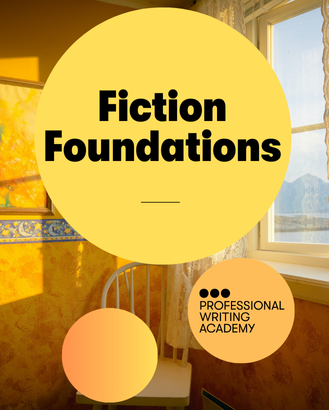It’s common for writers to approach short fiction as something of a ‘stepping-stone’ to longer forms, but it’s truly a craft of its own.
I run the To Hull & Back short story competition, so every year I read hundreds of short stories — over a million words, usually. Here, I’ll be talking about the top mistakes I come across, and how to fix them.
1. Clichés
Many writers tend to use hackneyed phraseology in their writing, and that detracts from the originality of their voice. There’s often a use of cliché in storyline and characterisation as well.
Just don’t do it unless there’s a really, really good reason to do it.
An example of a clichéd character would be a cop with a drinking problem, about to retire, who wants to solve the case he’s been working on for 25 years.
A clichéd storyline I’m seeing a lot at the moment involves two people that are disillusioned in a relationship.
One of them goes on a dating site, starts chatting to someone else, goes and meets them, and finds it’s their partner that they’re meeting.
2. Know your audience
It might seem obvious, but, for writers submitting to agents and competitions, make sure you read the rules and submissions guidelines!
It’s a simple one, but last year in the To Hull and Back competition, out of 284 entries, 75 people disobeyed the rules. That’s 25%. So, if you take the time to do that simple thing, you’re ahead of 25% of the competition.
3. Keep your point of view consistent
Another one I see a lot is writers changing viewpoints mid-scene. If you’re writing from one character’s point of view, they can see what other characters are doing, but they can’t know what they’re thinking or feeling.
Quite often rookie writers tend to switch points of view when they shouldn’t. If you do a clear scene break that will help, but I also find if you write in the first person it can help you to avoid that problem.
If you’re struggling with shifting points of view, write in the first person — it’s impossible to change the viewpoint.
People often don’t give the story title the thought it needs.
– Chris Fielden
4. Keep your dialogue natural
Dialogue must sound natural. One thing I always do is read my stories aloud, because that allows you to see if it flows, or whether it sounds like something someone would really say in conversation.
You don’t want to test the reader’s suspension of disbelief, and unrealistic dialogue can do that.
This also helps with overwriting – too many adverbs, adjectives, stuff like that. If you’ve written the story well, they shouldn’t be needed.
5. Have a good story title
People often don’t give the story title the thought it needs. Think about it from an editor’s point of view: if they see an uninspiring story title they’ll already be underwhelmed with the piece, which could affect their perception of your work.
If they see an exciting story title, they’ll be more intrigued, and it’ll hook them in straight away.
It’s the same if you get published – you want to hook the reader’s attention. If you can’t be bothered to think up a good title, why should they be bothered to read your story?
6. The classic ‘show, don’t tell’
Something that writers hear a lot is ‘show, don’t tell’. I think, though, until you really understand what that means you can’t learn a lot from it.
For example, I see a lot of stories that just tell the reader a sequence of events.
It almost reads like a synopsis with very little dialogue; this happens, then this happens, then this happens. That’s not engaging for the reader.
You should show the reader what’s happening, and engage them in the here and now.
Show them the characters through what they say, how they react to things and each other, and what they do. You’re showing the reader what’s happening instead of just telling them, and that really helps with engagement.



